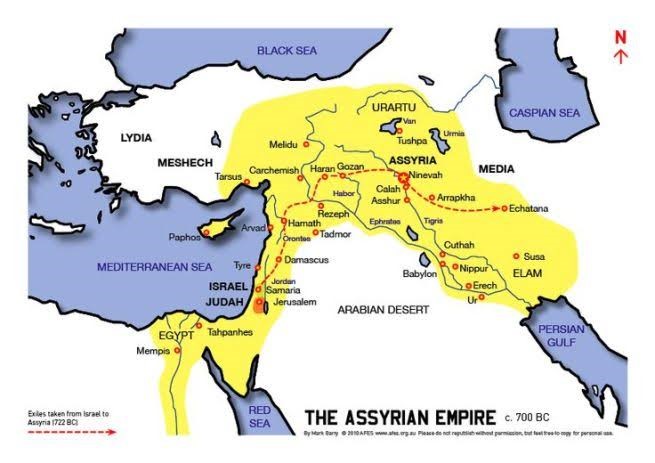Iraqi Archaeologists Reassemble Ancient Assyrian Treasures Destroyed By Islamic State
Why in the News?
- Decade-long effort: Archaeologists are painstakingly reassembling ancient Assyrian treasures at Nimrud, destroyed by IS jihadists in 2014.
- Historical significance: Nimrud was once the crown jewel of the Assyrian Empire, and now, archaeologists are restoring its cultural heritage.
Restoration Process
- Fragmented treasures: Over 35,000 fragments have been uncovered, with more than 500 artefacts found shattered at the site.
- Careful reassembly: Experts are restoring bas-reliefs, sculptures, and slabs depicting mythical creatures and figures from Assyrian King Ashurnasirpal’s palace.
Challenges Faced
- Devastation by IS: IS destroyed monuments using bulldozers, pickaxes, and explosives, including the 2,800-year-old Temple of Nabu.
- Restoration complexity: The recovery operation involves sorting and identifying fragments, with 70% of the collection process completed.
Significance of Nimrud
- Cultural heritage: Nimrud, founded in the 13th century BC, is an essential part of Mesopotamian history, and its restoration is crucial for preserving humanity’s shared past.
- Global effort: The restoration project involves collaboration with global institutions like the Smithsonian, with US financial support, to safeguard this invaluable site.
Assyrian Empire
- Origin: The Assyrian Empire emerged in the 25th century BC in Mesopotamia, modern-day Iraq.
- Peak: It reached its zenith during the 9th to 7th centuries BC under kings like Tiglath-Pileser III and Ashurbanipal.
- Territory: The empire expanded across the Middle East, including parts of modern-day Syria, Turkey, and Iran.
- Fall: The empire fell in 612 BC due to invasions by the Babylonians and Medes.
Sources Referred:
PIB, The Hindu, Indian Express, Hindustan Times





